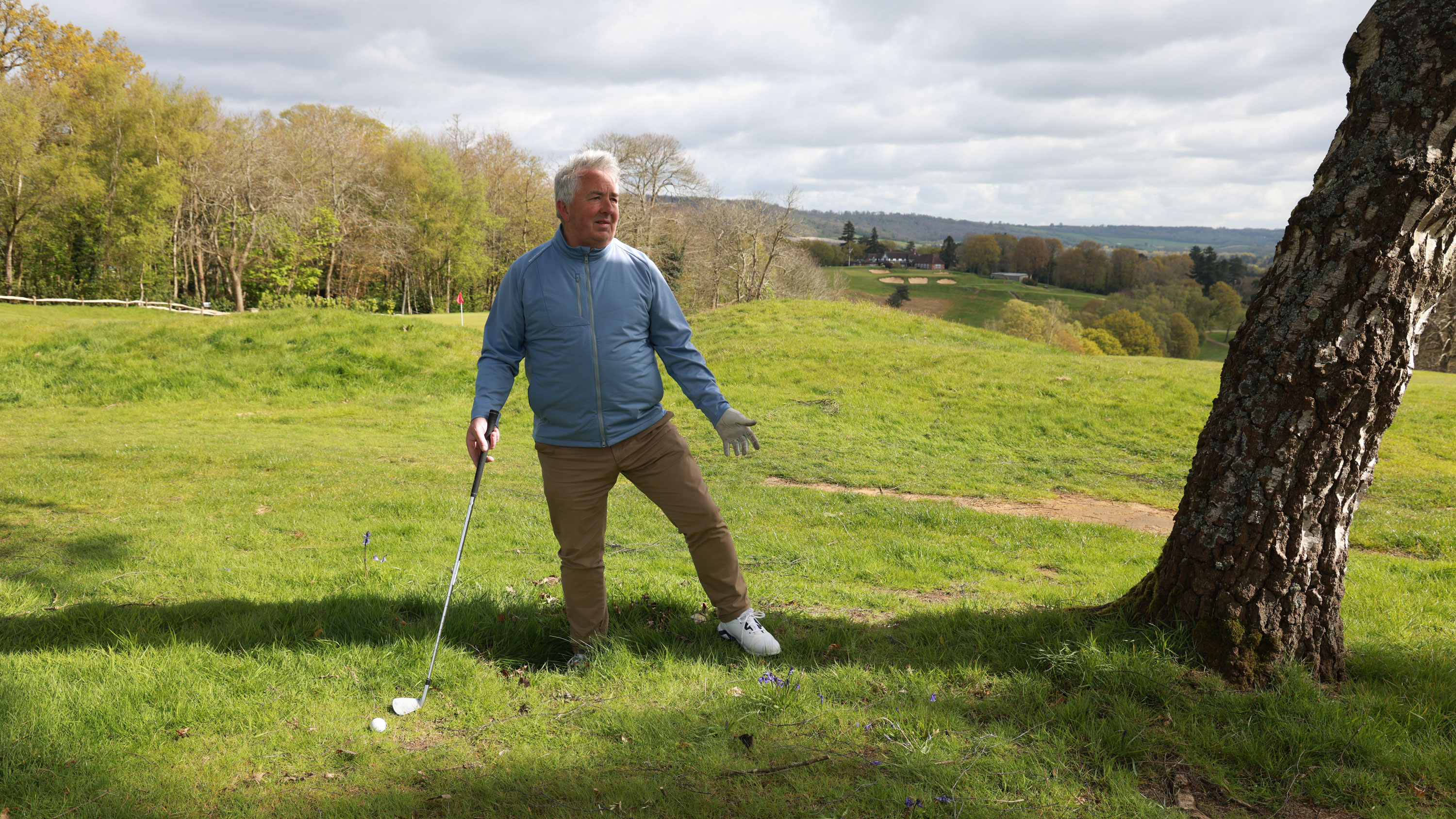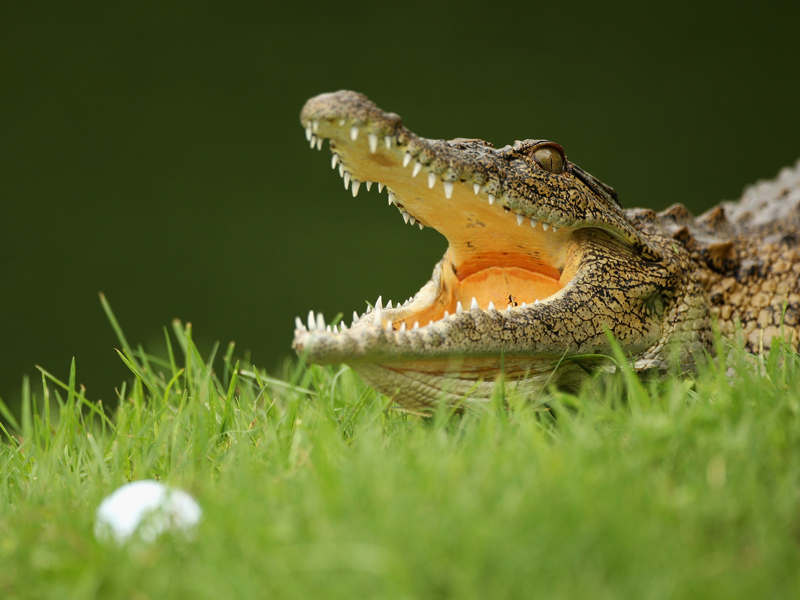Do You Always Have To Play The Golf Ball As It Lies… Or Are There Exceptions?
Do you have to accept the lie of your golf ball no matter where it comes to rest on the course? Or are there instances when you can improve your situation?


A fundamental principle in The Rules of golf is covered by Rule 8 – You should play the course as you find it. That means, wherever your ball comes to rest, you must normally accept the conditions and not take any action to improve those conditions.
For instance, if your ball stops right against the base of a tree you can’t move your ball away, nor can you cut the tree down to get it out of your way!
If your ball is in deep rough, you can’t trample around in the grass surrounding your ball to improve your lie. Rule 8.1a(1) says you must not take action to improve the conditions affecting the stroke by moving bending or breaking a growing or attached natural object.
It is generally the case in golf that you must play the ball as it lies, without altering the conditions affecting your shot. But there are circumstances when you are entitled to move the ball, to take a free drop without penalty. Here are some of them:
Abnormal Course Conditions
In the definitions of the Rules, an abnormal course condition is an Animal Hole, Ground Under Repair, an Immovable Obstruction or Temporary Water.
You will receive a free drop from an abnormal course condition anywhere on the course except a Penalty Area.
An animal hole is any hole dug in the ground by an animal (other than by animals defined as loose impediments, like worms or insects.)
Subscribe to the Golf Monthly newsletter to stay up to date with all the latest tour news, equipment news, reviews, head-to-heads and buyer’s guides from our team of experienced experts.
The term animal hole includes loose material dug out of the hole and surrounding it, any tracks or trails leading to the hole and any ground disturbed around the hole by the animal’s digging.
For example, if you find yourself in a rabbit hole, you can take a free drop. You find the nearest point of relief, where the rabbit hole does not affect your lie, stance or swing (no nearer the hole than where your ball was lying) and then you have one club length from there in which to drop without penalty - no nearer the hole.
If any part of the course has been defined by the committee as ground under repair you can take a free drop away from it.
Holes made by the committee or greens staff (other than aeration holes) are ground under repair, as are grass cuttings or other materials piled for later removal.
An animal habitat that could be damaged by your stance or swing is also classed as ground under repair.
You get a free drop from any of those circumstances.
Something artificial on the course which cannot be moved, that is not an integral object or a boundary object, is classed as an immovable obstruction, from which you get a free drop. Fixed benches, cart paths, bins and the like are immovable obstructions.
If your ball ends up in a puddle, it’s classed as temporary water. You will receive a drop away from the puddle – one club length from the nearest point of relief… that point is where the temporary water no longer affects lie, stance or swing.
Embedded Ball

An embedded ball
If you find your ball embedded in the General Area – to be embedded it must be in its own pitch mark and part of the ball must be below the level of the ground – you will get to move it.
You will be able to take a knee-high free drop in an area within one club length of the spot directly behind where the ball was originally embedded.
You don’t get a free drop for an embedded ball in a bunker or in a penalty area.
Dangerous Animals

You can get a drop away from this chap!
You can take a free drop away from a “dangerous animal condition.” Say your ball is next to a hornet’s nest, you can drop within one club length of the nearest point to where the ball was originally lying where the dangerous situation no longer exists.
In most circumstances on the golf course, you must play your ball as it lies but when you find your ball affected by an abnormal course condition or immovable obstruction, a dangerous animal condition or embedded ball, you will be entitled to a free drop.

Fergus is Golf Monthly's resident expert on the history of the game and has written extensively on that subject. He has also worked with Golf Monthly to produce a podcast series. Called 18 Majors: The Golf History Show it offers new and in-depth perspectives on some of the most important moments in golf's long history. You can find all the details about it here.
He is a golf obsessive and 1-handicapper. Growing up in the North East of Scotland, golf runs through his veins and his passion for the sport was bolstered during his time at St Andrews university studying history. He went on to earn a post graduate diploma from the London School of Journalism. Fergus has worked for Golf Monthly since 2004 and has written two books on the game; "Great Golf Debates" together with Jezz Ellwood of Golf Monthly and the history section of "The Ultimate Golf Book" together with Neil Tappin , also of Golf Monthly.
Fergus once shanked a ball from just over Granny Clark's Wynd on the 18th of the Old Course that struck the St Andrews Golf Club and rebounded into the Valley of Sin, from where he saved par. Who says there's no golfing god?
You must confirm your public display name before commenting
Please logout and then login again, you will then be prompted to enter your display name.